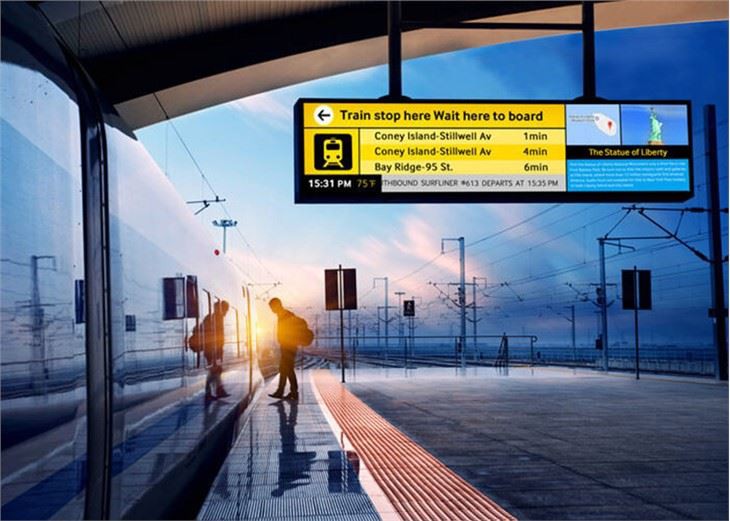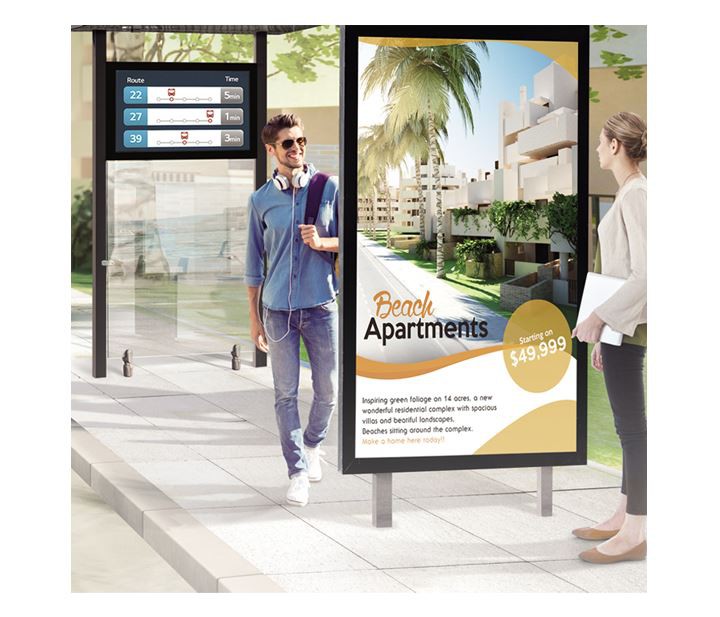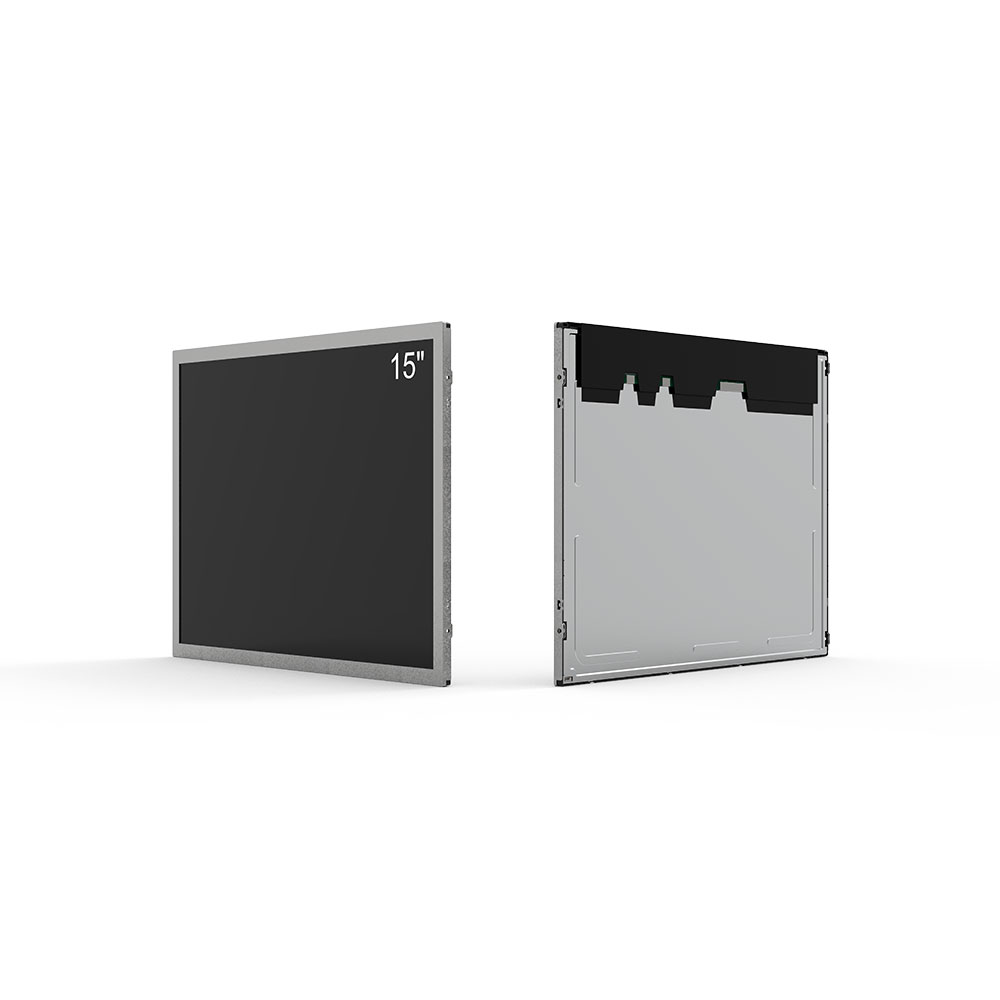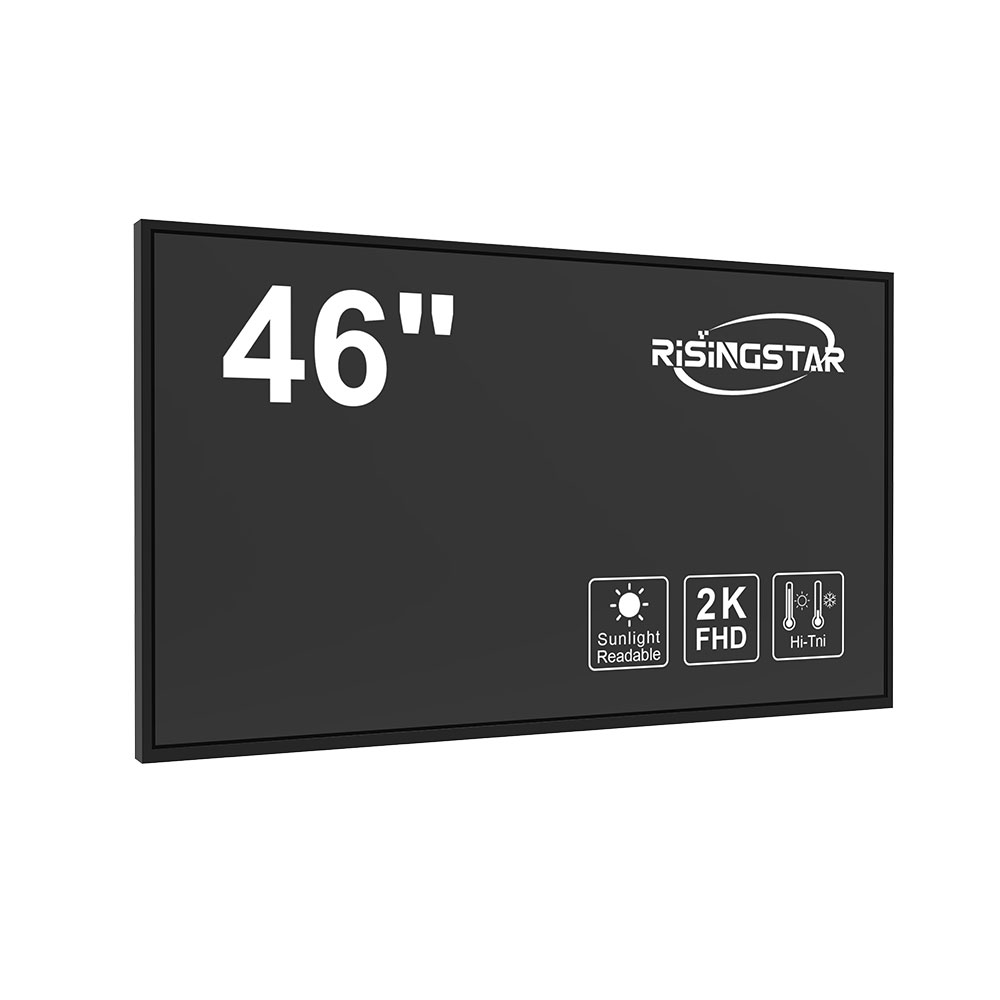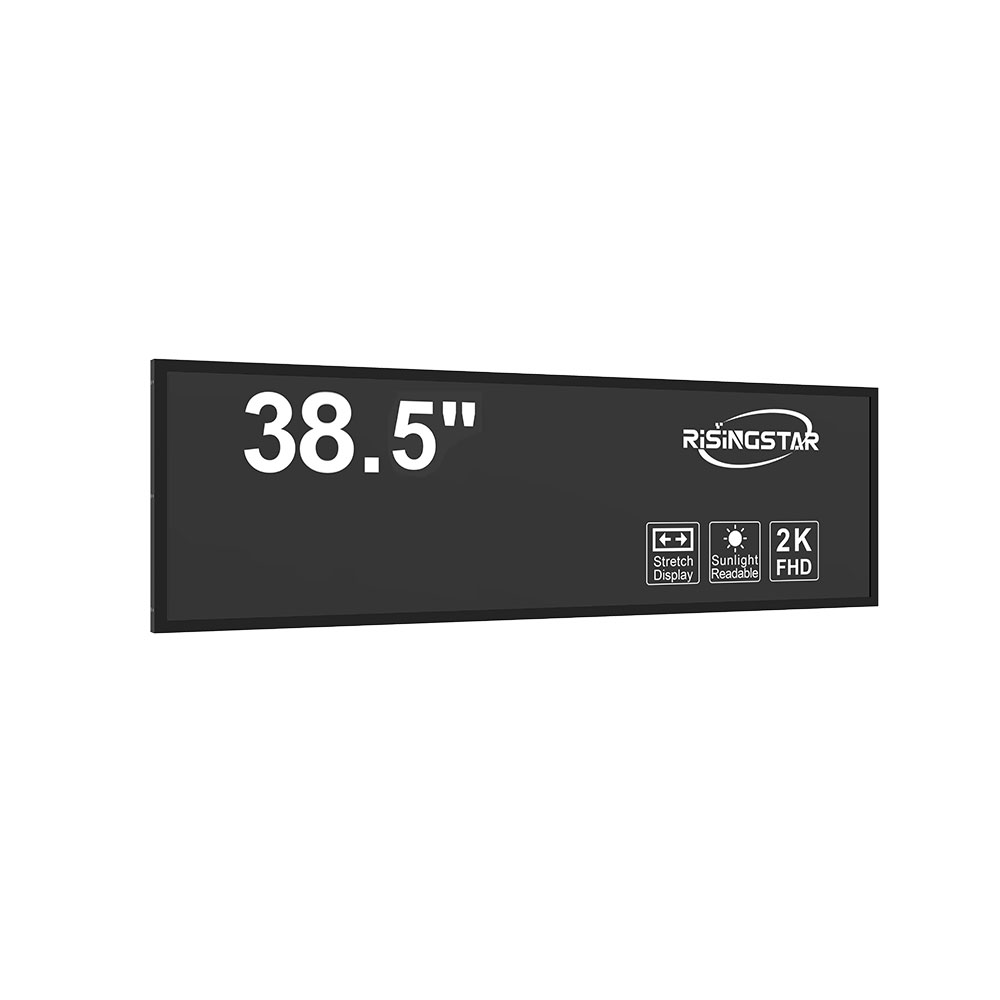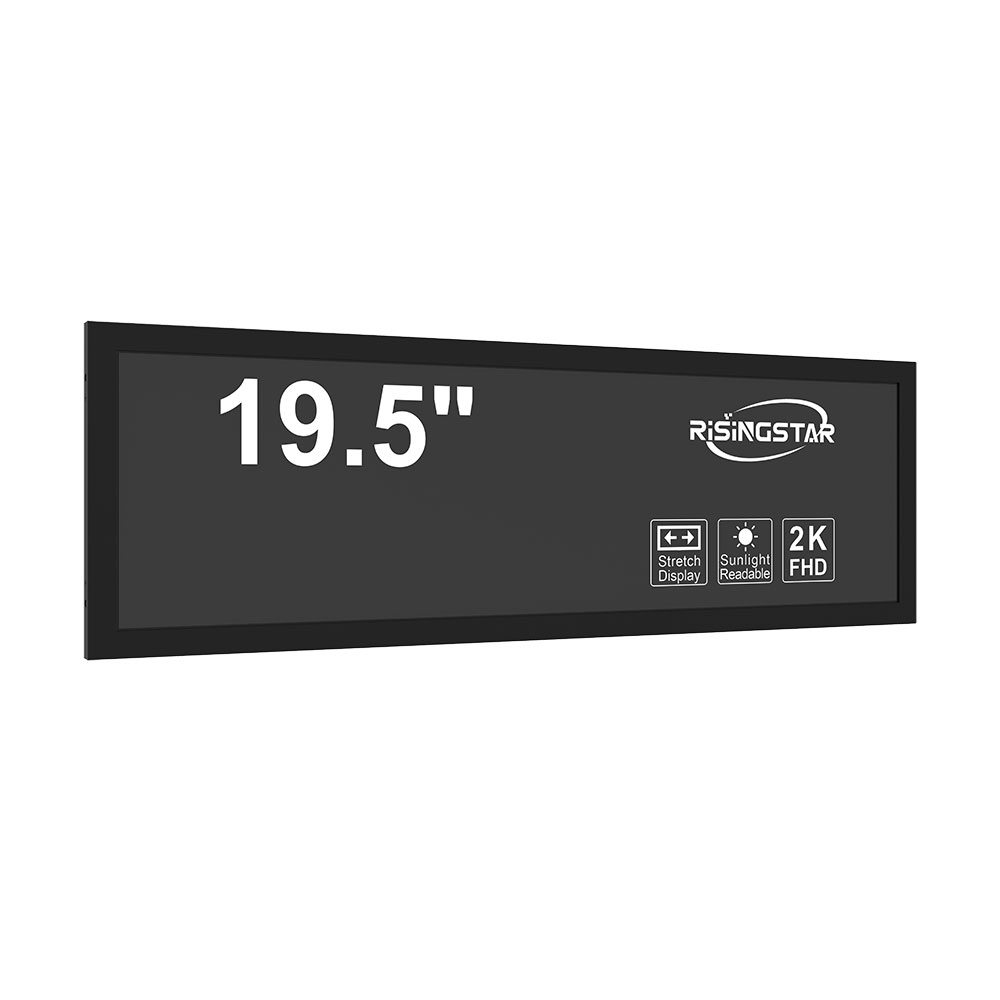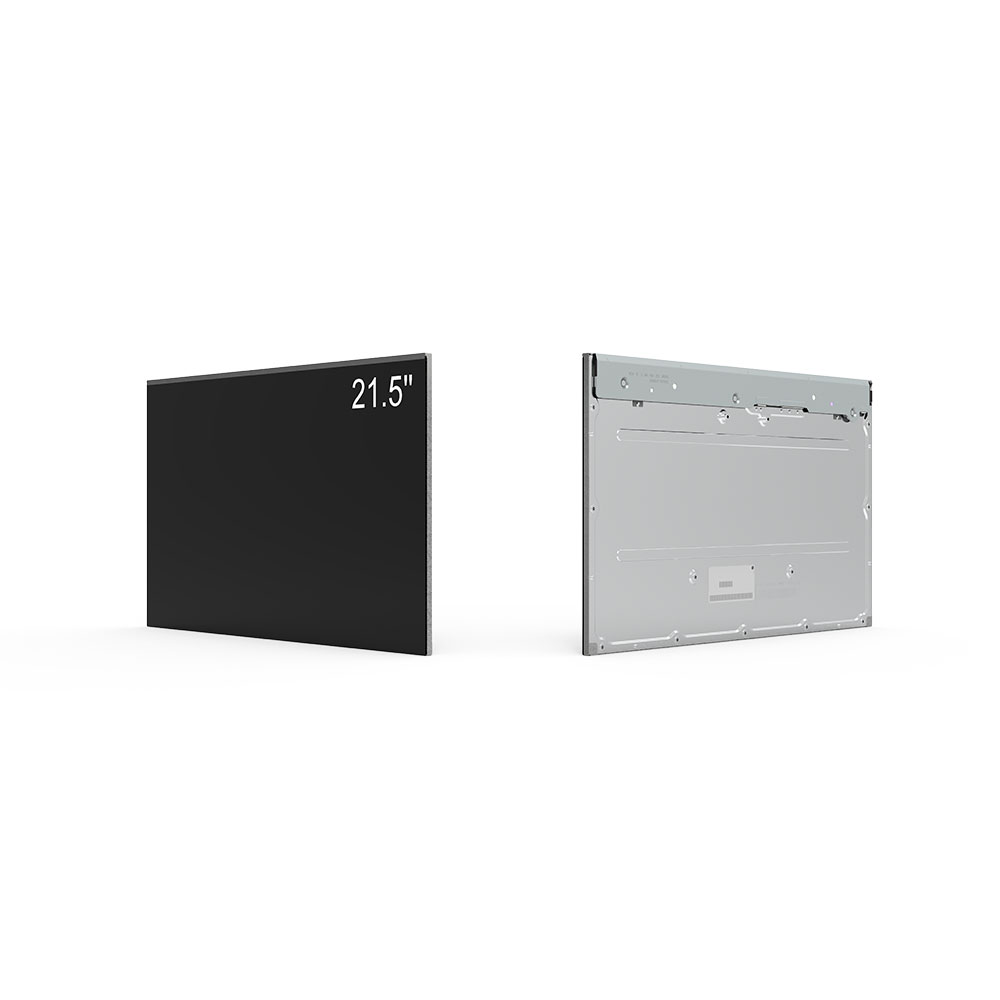In the evolving landscape of urban mobility, passenger information displays (PIDs) have emerged as critical infrastructure for modern public transportation systems. These outdoor high-brightness LCD screens are not merely digital billboards—they are intelligent communication hubs that improve safety, efficiency, and user experience across buses, trains, subways, and light rail networks worldwide. As cities grow denser and more digitally connected, the demand for reliable, real-time information delivery has never been higher. This article explores the technological foundations, operational benefits, design considerations, case studies, and future trends of outdoor high-brightness LCD passenger information displays—drawing from industry standards such as EN 50121-4 (railway environment electromagnetic compatibility), ISO 16750 (automotive environmental conditions), and field-tested deployments in cities like Singapore, London, and New York.
The core function of an outdoor PID is to provide clear, accurate, and timely information to passengers regardless of ambient lighting or weather conditions. Unlike indoor displays, outdoor PIDs must operate reliably under extreme temperatures (-30°C to +60°C), humidity levels up to 95% non-condensing, and exposure to UV radiation, rain, dust, and even vandalism. To meet these demands, manufacturers integrate specialized components including high-luminance LED-backlit LCD panels (typically 5,000 to 10,000 nits), anti-glare coatings, sealed enclosures (IP65/IP66 rating), and ruggedized internal hardware. According to a 2023 report by MarketsandMarkets, the global smart transit signage market—including PIDs—is projected to reach $4.8 billion by 2028, growing at a CAGR of 14.2%, driven largely by the need for real-time travel updates in crowded urban centers.
One of the most significant advantages of outdoor high-brightness LCDs is their ability to maintain readability in direct sunlight—a challenge that plagues standard indoor monitors. Traditional LCDs often fail to display legible content when exposed to bright daylight due to insufficient luminance. However, modern PIDs use advanced brightness control algorithms that dynamically adjust screen output based on ambient light sensors. For example, Siemens’ “Transit Display” system deployed in Berlin’s U-Bahn network automatically increases brightness during midday sun while dimming at night to reduce energy consumption and light pollution—an approach aligned with EU Energy Efficiency Directive compliance.
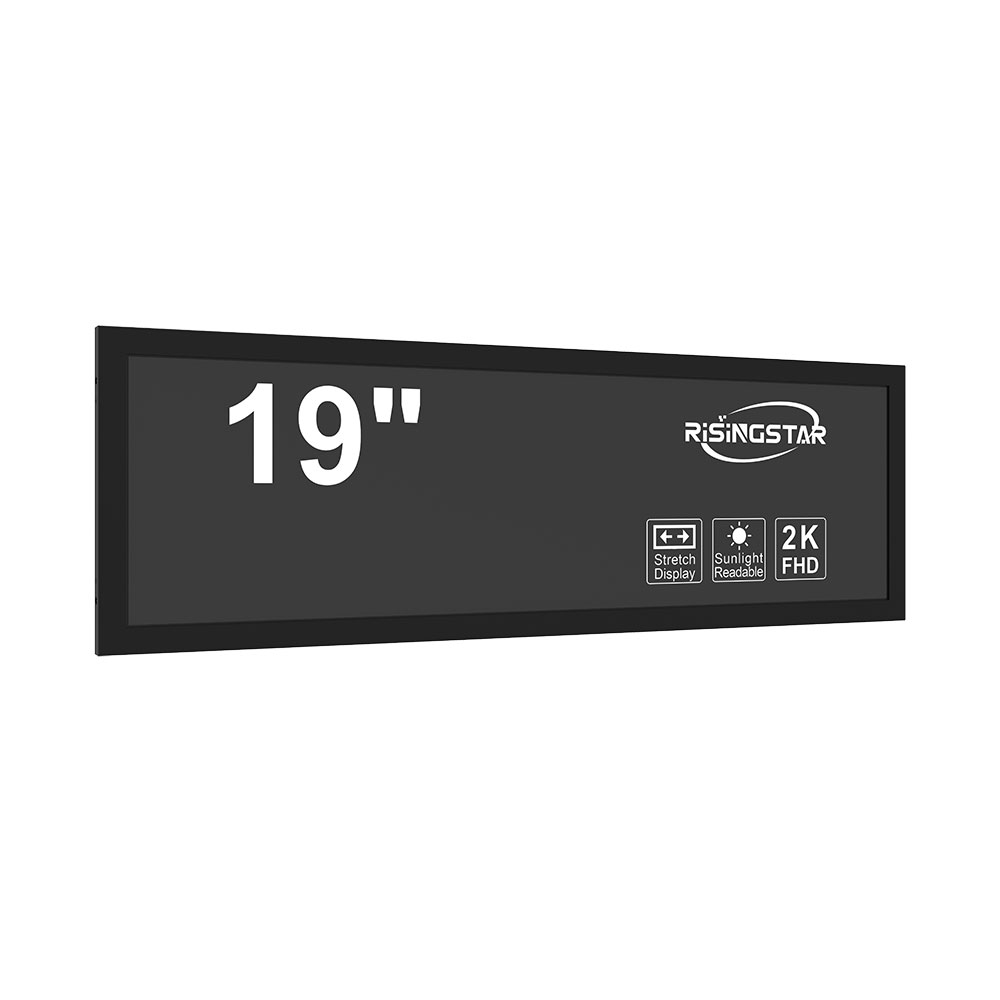
From an operational perspective, PIDs enhance service reliability by reducing passenger confusion and improving wait times. In a study conducted by Transport for London (TfL) in 2022, stations equipped with real-time digital signage saw a 27% reduction in passenger inquiries and a 19% increase in satisfaction scores compared to those using static posters. Similarly, the New York City Transit Authority reported that after installing outdoor PIDs at over 100 subway stations, average boarding delays dropped by 12 minutes per train due to better crowd management and route clarity. These results highlight how visual clarity directly impacts both operational efficiency and user trust.
Design considerations go beyond mere brightness; they involve human factors engineering, accessibility standards, and integration with existing IT ecosystems. The Americans with Disabilities Act (ADA) mandates that all transit information be accessible to visually impaired users through audio cues, tactile buttons, or screen reader compatibility. Many leading vendors now offer multilingual support (up to 10 languages), scalable font sizes, and contrast-enhancing features that comply with WCAG 2.1 guidelines. Furthermore, IP-based connectivity allows remote monitoring and software updates via cloud platforms such as AWS IoT Core or Azure IoT Hub, enabling centralized management of thousands of units across vast metropolitan areas.
Case Study: Singapore’s Land Transport Authority (LTA) implemented a citywide PID rollout in 2021, deploying over 5,000 high-brightness outdoor LCDs across buses, MRT stations, and interchanges. Each unit was equipped with GPS tracking, Wi-Fi connectivity, and AI-driven content scheduling that prioritizes emergency alerts, weather warnings, and live arrivals. Within six months, LTA observed a 33% decrease in missed connections and a 40% improvement in first-time rider confidence. Notably, the system also reduced maintenance costs by 22% thanks to predictive diagnostics enabled by edge computing capabilities built into each display node.
Another compelling example comes from Tokyo Metro, where outdoor PIDs were upgraded in 2023 to include dynamic weather overlays and evacuation routing during typhoons. Using data from Japan Meteorological Agency APIs, the displays auto-switch to emergency mode, displaying simplified maps and voice instructions in multiple languages. This level of responsiveness is made possible by modular firmware architectures that allow rapid deployment of new protocols without hardware changes—a key advantage for large-scale fleet operators.
Looking ahead, the next generation of PIDs will leverage emerging technologies such as 5G connectivity, edge AI, and energy-harvesting solutions. 5G enables near-instantaneous data transfer between displays and central command centers, allowing for microsecond-level synchronization across entire networks. Edge AI processors embedded in each screen can perform local decision-making—for instance, recognizing unusual passenger behavior or detecting screen damage in real time—reducing reliance on cloud infrastructure. Meanwhile, solar-powered PIDs are gaining traction in regions with high solar irradiance, such as Dubai and Los Angeles, where pilot projects have shown up to 60% lower electricity consumption over traditional models.
Despite these advancements, challenges remain. Cybersecurity remains a top concern, especially as PIDs become part of larger IoT ecosystems. A 2024 white paper from the International Association of Public Transport (UITP) warned that unsecured PID endpoints could serve as entry points for ransomware attacks targeting transit authorities. Therefore, robust encryption (TLS 1.3), regular firmware patching, and zero-trust architecture implementation are essential best practices. Additionally, long-term durability must be balanced against cost-effectiveness—some municipal budgets limit upfront investments despite the long-term ROI.
In conclusion, outdoor high-brightness LCD passenger information displays represent a transformative shift in how cities communicate with their residents. They are no longer optional add-ons but indispensable tools for sustainable, inclusive, and efficient urban transport. By combining cutting-edge materials science, human-centered design, and smart infrastructure principles, these displays help create seamless journeys, reduce operational friction, and foster greater public confidence in public transit systems worldwide.




